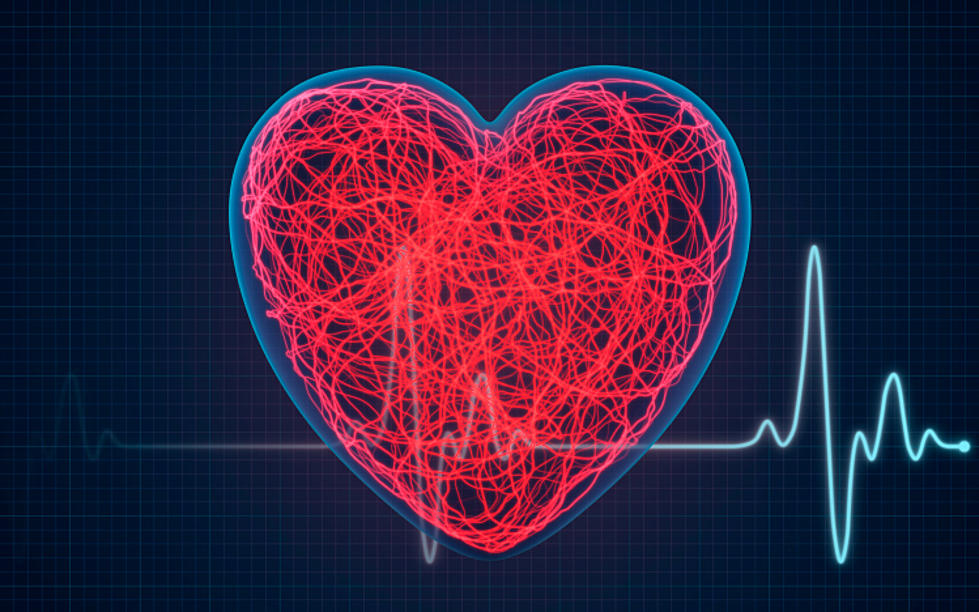
Education connected to cancer? New report shows health disparities in NJ
Race and income aren't the only characteristics that factor into health disparities across New Jersey.
A new report finds the Garden State has made significant strides in reducing health differences among residents, but there are still plenty of areas that leave room for improvement.
With the help of pre-pandemic statistics across several subpopulation groups, the United Health Foundation has released its first-ever Health Disparities Report.
"High" disparities persist in a number of areas in New Jersey, according to the report. For example, physical inactivity is much more common among individuals who haven't graduated high school, compared to those who've completed college.
Poverty shot up by 25% between 2005-2009 and 2015-2019 in male-headed households, the report finds. The rate of diabetes among adults with "some" college education climbed by 35% between 2011-2013 and 2017-2019.

Compared to the national average, New Jersey posts a "low" disparity between males and females for unemployment, the report finds. The report also suggests the cancer-rate disparity is low in New Jersey when you compare college graduates and those with only a high school education. There's also a low disparity between Black and white residents for diabetes.
Between 2011-2013 and 2017-2019, New Jersey experienced a 26% decrease in Black adults reporting that they've avoided medical care due to cost. Excessive drinking among adults with a high school education declined 20% during the same period.
According to the report, frequent mental distress is more likely to be cited in New Jersey by individuals with less than a high school education.
Income inequality, a measure of the difference between the richest and poorest residents, has decreased in New Jersey since 2011, but remains slightly higher than the national ratio, the report says.
"This data stops at 2019, so it really provides a baseline to identify, even pre-COVID, disparities that New Jersey can work on," said Dr. Ana Fuentevilla, chief medical officer for Optum Population Health Solutions.





